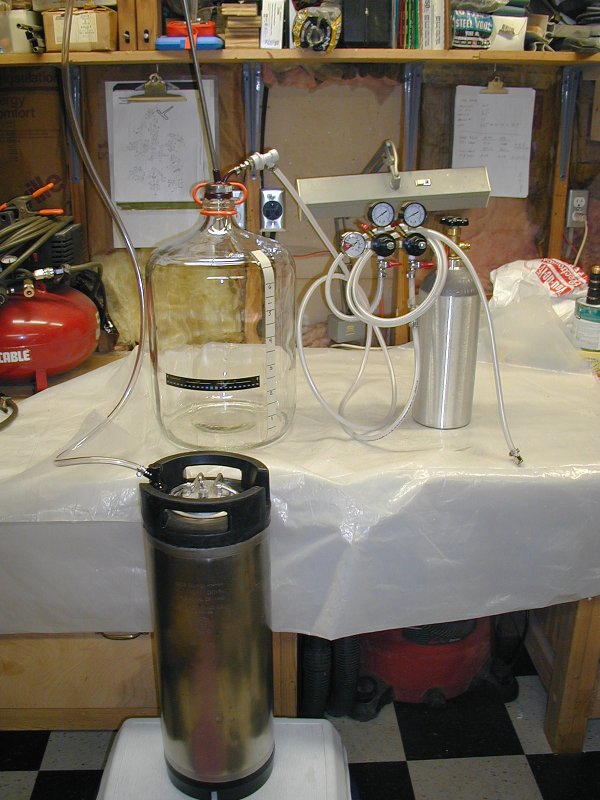mopowers
Gearhead who likes beer
I've been brewing all grain for a little over a year now and my brews seem to all have a common flavor that starts to develops after a couple weeks or so after kegging.
My taste buds aren't too refined, but the flavor is almost a sharp bitterness and seems to become more pronounced as the beer ages in the keg.
I've noticed it almost all of my brews, be it my IPAs, reds, browns, etc.
I know it's pretty much impossible to diagnose these types of issues online without tasting or seeing my process, but does anyone have any ideas what may be causing this issue?
The beers are still very drinkable for me and my friends, but I'd like to figure out what I'm potentially doing wrong.
Thank you!
My taste buds aren't too refined, but the flavor is almost a sharp bitterness and seems to become more pronounced as the beer ages in the keg.
I've noticed it almost all of my brews, be it my IPAs, reds, browns, etc.
I know it's pretty much impossible to diagnose these types of issues online without tasting or seeing my process, but does anyone have any ideas what may be causing this issue?
The beers are still very drinkable for me and my friends, but I'd like to figure out what I'm potentially doing wrong.
Thank you!



















































![Craft A Brew - Safale S-04 Dry Yeast - Fermentis - English Ale Dry Yeast - For English and American Ales and Hard Apple Ciders - Ingredients for Home Brewing - Beer Making Supplies - [1 Pack]](https://m.media-amazon.com/images/I/41fVGNh6JfL._SL500_.jpg)












